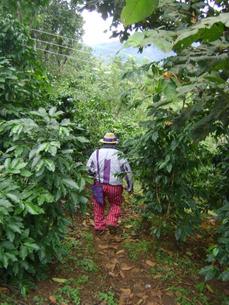
Food and food security have been common topics on the international stage in recent years, and for good reason! The Food and Agriculture Organization and the United Nations estimate that there are 805 million hungry people in the world, 60% of whom are women. Furthermore, every year, close to 5 million children under the age of 5 die of causes related to malnutrition.
For these reasons, the United Nations decided to prioritize the eradication of extreme poverty and hunger by 2015 as part of the Millennium Development Goals.
Despite this international commitment, however, in Guatemala over the past 20 years “the proportion of the population living with hunger has increased by 80%, from about 17% in 1991, to 30.5% in 2012” (1).
So I (Jillian Severinski, an intern with the School Health and Nutrition program) have been trying to figure out why, in a country where every vista is green and overflowing with flora, hunger has expanded in the last two decades, and have found a few principal reasons.
One factor is the volatility of international coffee prices, which have risen exponentially in the last 10 years. Nearly 80% of the world’s coffee farmers are small-scale producers, who make less than US $1 per pound of coffee harvested. So, when production costs increase, these farmers can barely make a profit.
This has been a major issue in Guatemala where in 2011, the average production costs skyrocketed to US $1.42 per pound, one of the highest rates in all coffee-producing countries (2)! These fluctuations are hard to anticipate and push many rural Guatemalans into poverty and frequently, into hunger.
Another reason is the disintegration of the traditional producer- consumer relationship. You would think that most farmers in Guatemala have enough land to sell their harvests to local markets, but that is not the case. In Sololá, where Pueblo a Pueblo’s offices are located, approximately 80% of population owns land, but not enough to sell crops for profit.
Due to a myriad of factors including lack of access to land ownership, unfavorable rainfall, and poor crop yields, in 2012 94% of rural vendors in local markets reported selling produce that they had purchased from a third-party (3). The lack of income from one’s own labor increases the amount of hunger in rural Guatemala.
A final factor that affects malnutrition is the rise of environmental hazards that threaten local food security. Near Lake Atitlan, Hurricanes Mitch and Stan, which hit in 1998 and 2005 respectively, caused severe crop damages and food shortages. Currently, the region is facing another crisis in the form of a coffee fungus called Roya. Roya has been widespread in Guatemala, destroying huge swaths of the total coffee harvest and affecting many small family farmers.
These three reasons, among many others, help to answer the question of why hunger has been increasing instead of decreasing in Guatemala.
Here at Pueblo a Pueblo, we are trying to alleviate some of the effects of hunger by delivering daily nutritious meals in local schools, teaching children to grow their own vegetables, and working with farmers to supplement their income from coffee harvests. We hope that by working with communities to develop long-term solutions to support child education, health, and food security, we can change the trajectory of hunger in Guatemala.
To learn more about World Food Day, follow the link: http://www.worldfooddayusa.org/
To learn more about our programs, visit: http://www.puebloapueblo.org/programs.html
1) http://mdgs.un.org/unsd/mdg/Resources/Static/Products/Progress2013/Snapshots/GTM.pdf
2) http://www.ico.org/news/icc-111-5-r1e-world-coffee-outlook.pdf
3) http://www.actionagainsthunger.org.uk/fileadmin/contribution/pdf/Guatemala%20ACF.pdf

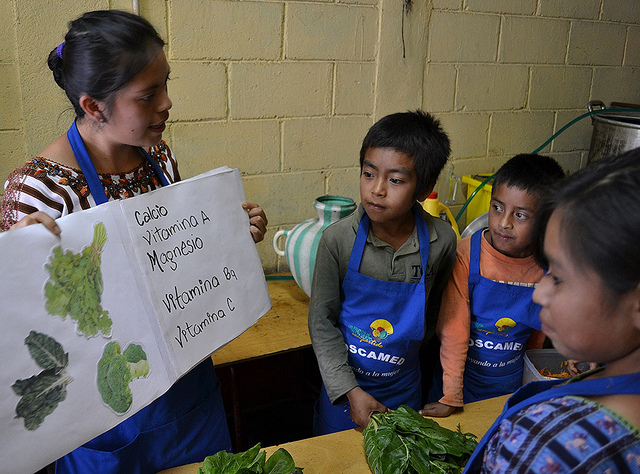
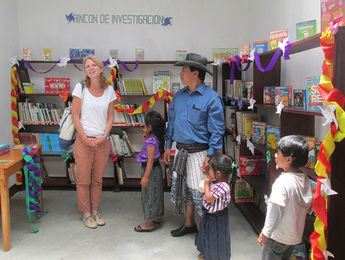
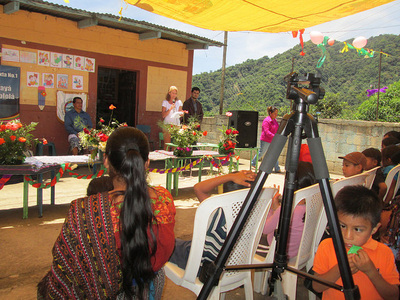
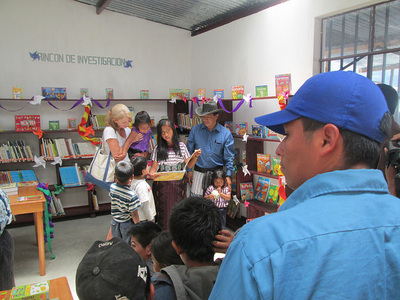
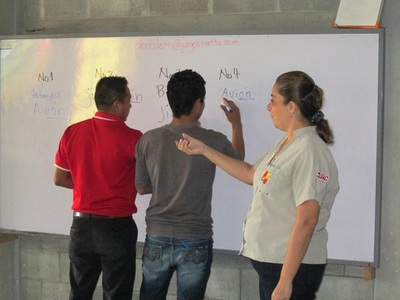
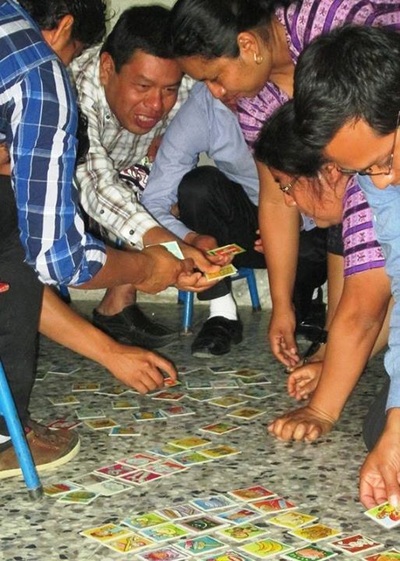
 RSS Feed
RSS Feed